- As the two ancient civilizations in Asia, China and Iran have a history of friendly exchanges for thousands of years
- Among college students in Iran, more and more people will determine Chinese as a foreign language they should learn
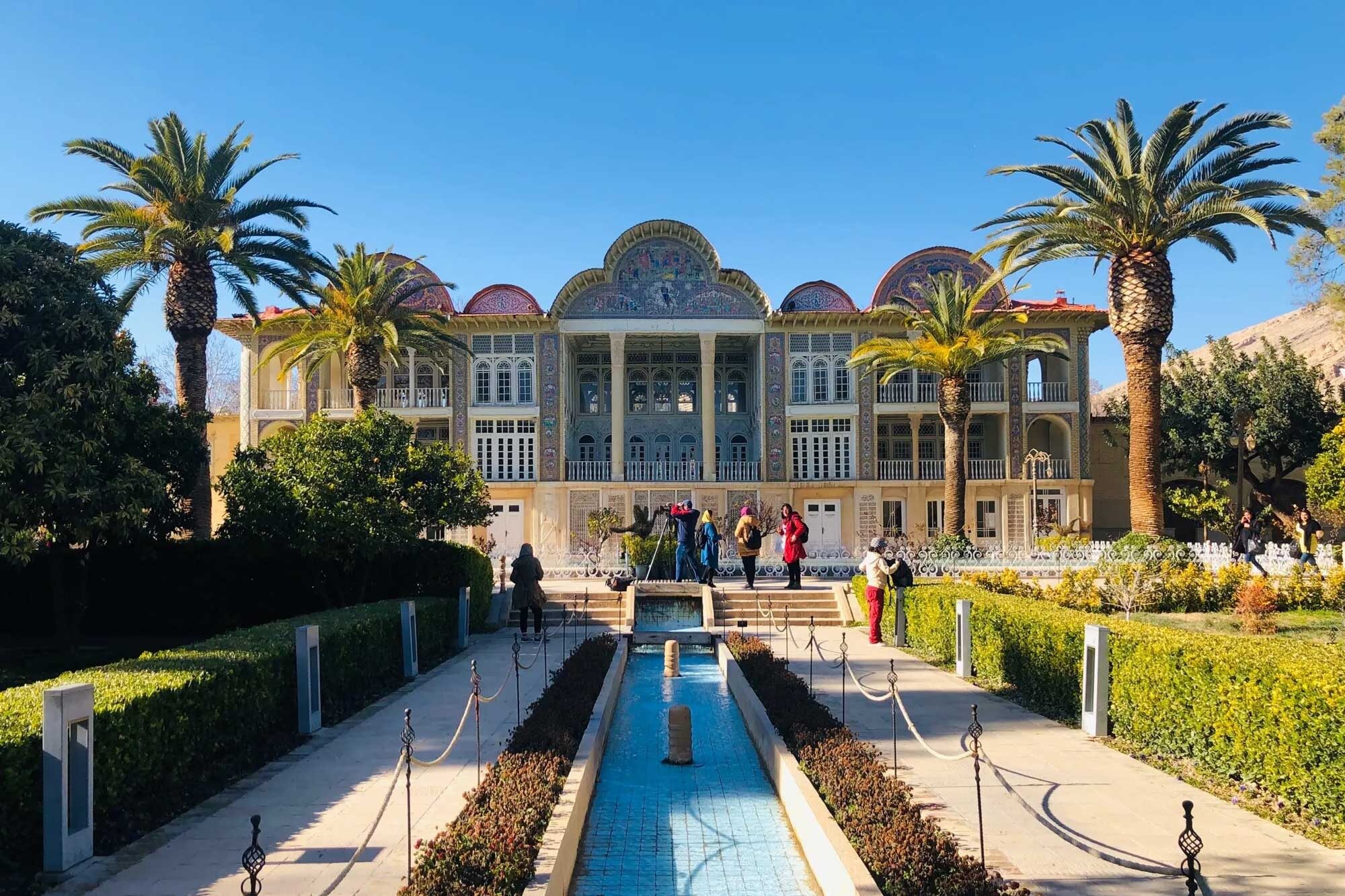
Lion is called Sheir in Persian and lion in Chinese. In fact, today's Chinese lion dance can also be called the dance of friendship between Chinese and Iranian civilizations. Recently, Nasrin, an assistant professor and director of the Oriental Department of the Iranian Academy of Arts, explained another meaning of the lion dance in this way in Dongxiwen·China Dialogue.
Nasrin is an Iranian painter who is good at watercolor painting and oil painting. He once went to China to study Chinese traditional painting. He received a doctorate degree from the China Central Academy of Fine Arts in 2008. After 2010, he is still working as a postdoctoral fellow at the China Academy of Art. Today, Nasrin teaches courses on oriental art in Iranian universities, and has been engaged in Sino-Iranian cultural exchanges for a long time.
Talking about the history of civilization exchanges between China and Iran based on the ancient Silk Road, Nasrin said that the ancient Silk Road allowed the exchanges between China and Iran, the two ancient civilizations, to gradually develop from trade exchanges to far-reaching culture, art, and food. Even language and other aspects, among them, there are many interesting cases that can be cited.
She said that in history, according to legend, an Iranian king gave a lion as a gift to the Chinese emperor. The lion is called Sheir in Persian, and after it came to China, it was called a lion in Chinese. Therefore, today's Chinese lion dance can be described as a dance of friendship between civilizations between China and Iran in history. Na Silin said that in the treasures of oriental art and culture, we can see many traces of the influence of the civilization blending of the ancient Silk Road. For example, in the murals and sculptures in Dunhuang Mogao Grottoes in China, the influence of Iranian art can be seen in the clothes and colors of many figures.
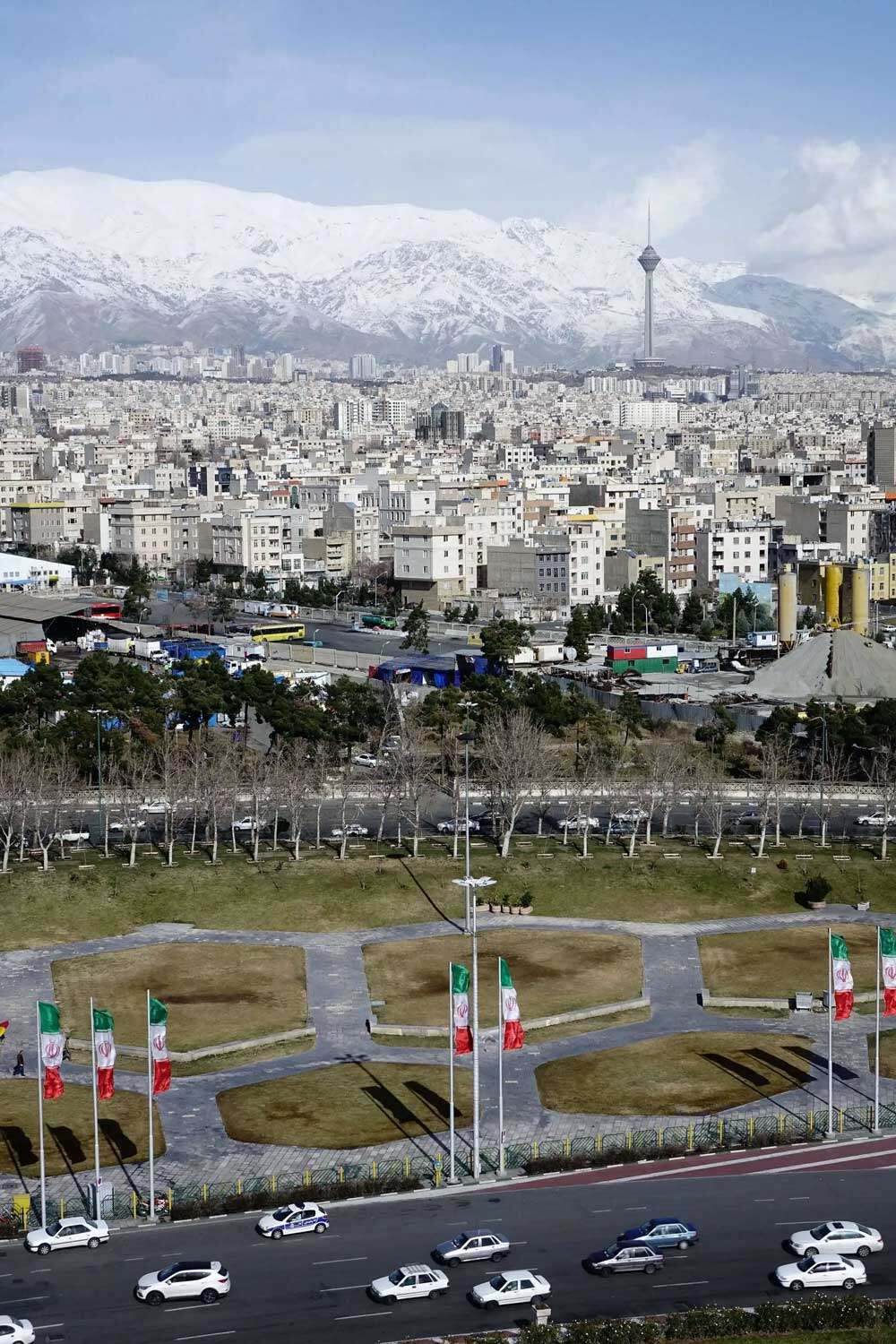
Recently, Nasrin published a new Chinese book "Chinese Elements in Iranian Miniature Paintings", introducing cases of mutual influence in cultural and artistic exchanges between China and Iran. She said: "In order to find the best way to show the history of artistic exchanges between Chinese and Iranian civilizations in history, I did research in China for four or five years. In fact, this book is a short part of my thesis."
Nasrin said that in this new book, she introduced Chinese elements in Iranian paintings during China's Yuan Dynasty and showed the friendship between the two ancient civilizations. I hope that for those who are interested in oriental art, especially the art of the two civilizations of China and Iran, this will deepen the friendship between the two civilizations.
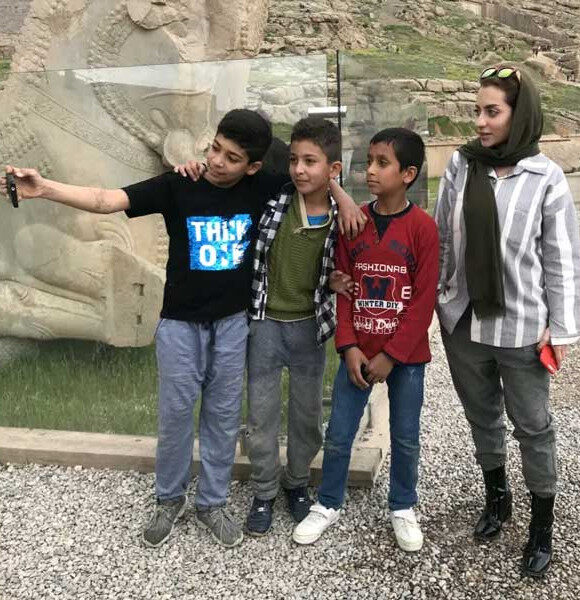
Although there is a long history of cultural exchanges between China and Iran, Nasrin admitted that young Iranians now know little about the ancient Silk Road culture. When they mention Chinese culture, they may only think of Chinese food, martial arts, and business. However, this Iranian scholar who is very good at Chinese also mentioned a trend among young Iranians: among college students in Iran, more and more people will determine Chinese as a foreign language they should learn.
"Ten years ago, we set up Chinese departments in many universities. Every semester, many freshmen choose to learn Chinese. They think that Chinese is the second largest language in the world after English. Learning Chinese well means that they can find a good Chinese in the future. Work and earn a good income.” Na Silin said that these young people will become interested in Chinese history and culture during the process of learning Chinese, and many people like the theories of Confucius, Laozi and Zhuangzi, as well as the values in Chinese culture.
Nasrin said that the long-standing relationship between China and Iran, the two major civilizations, can provide a lot of inspiration for the exchanges and mutual learning among civilizations in the world today. Direct exchanges between young people and reintroduction of the profound oriental civilization to the world. Editor/He Yuting
Comment
 Praise
Praise
 Collect
Collect
 Comment
Comment
 Search
Search



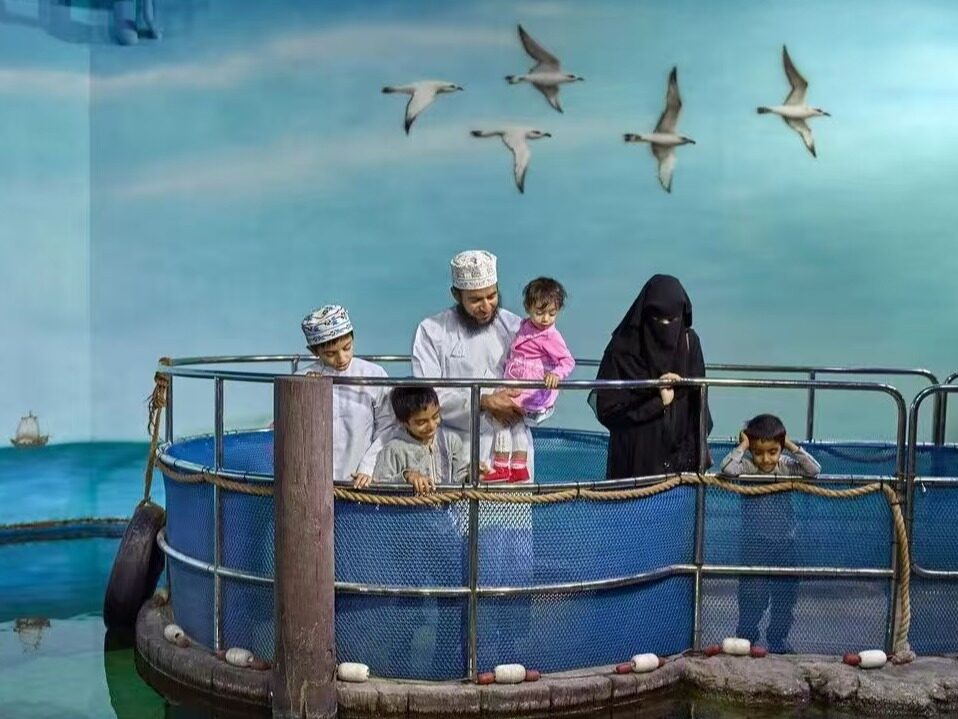

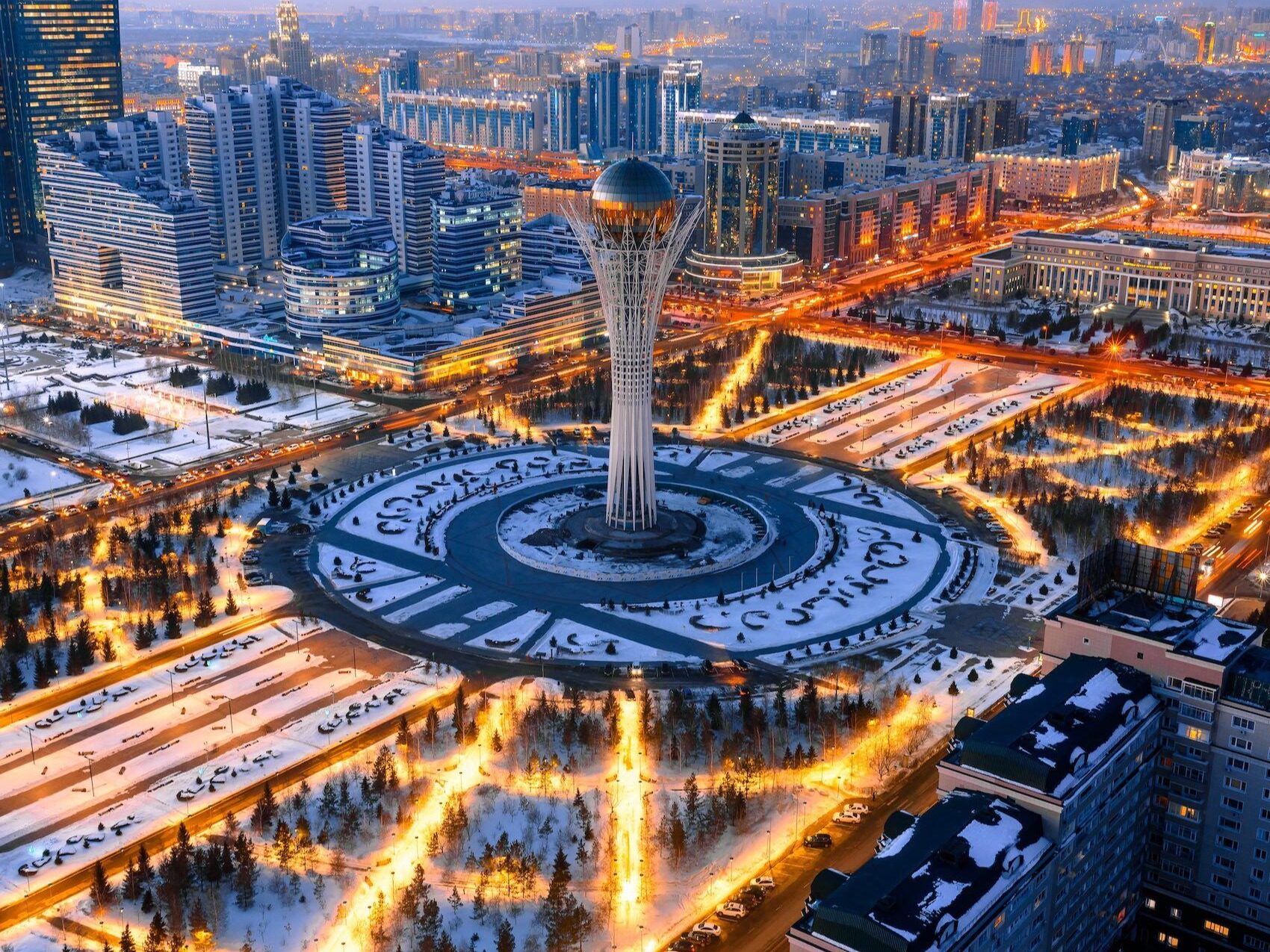
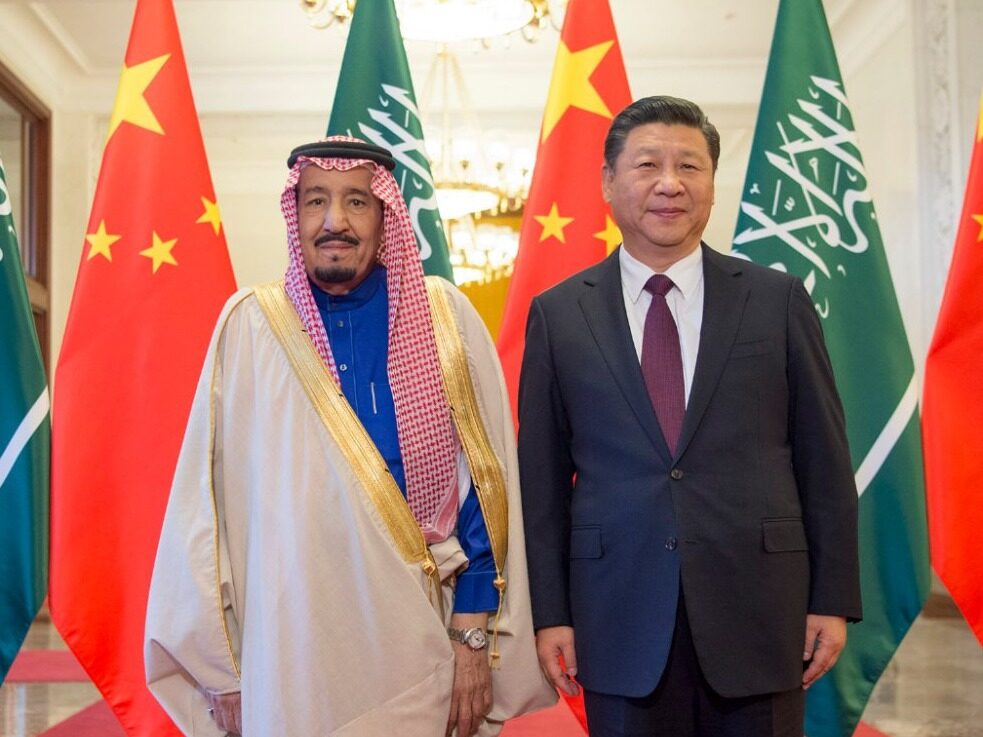







Write something~